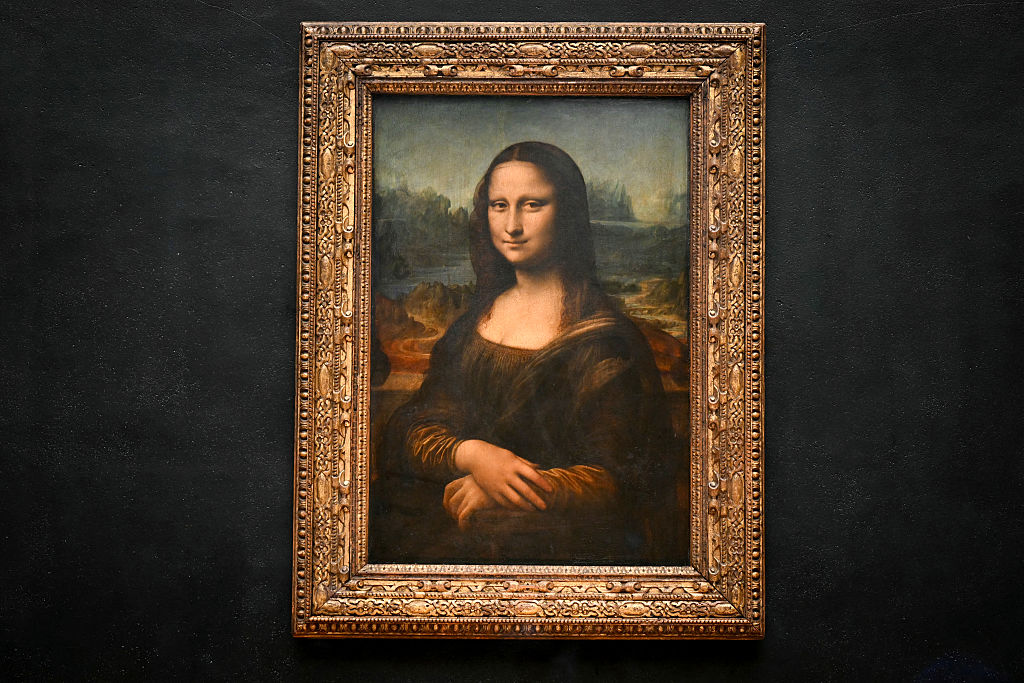21 August 1911: The Mona Lisa is stolen from the Louvre
On this day in 1911, Italian outcast Vincenzo Perrugia slipped out of a cupboard at the Louvre and made off with the Mona Lisa.


Mona Lisa – femme fatale. Men idolised her; poets and painters paid homage to her beauty and sent love letters to her upmarket Paris address; one besotted admirer even stood before her in 1910 and put a gun to his head. His eyes fixed on her enigmatic smile, he pulled the trigger.
Lisa del Giocondo sat for Leonardo da Vinci early in the 16th century, and on the painter's death, French king Francis I bought the painting for 4,000 gold crowns around £9m today. Following the French Revolution, La Joconde as the painting is also known, moved to the Louvre.
Vincenzo Perrugia, an Italian outcast who felt spurned by his Parisian colleagues, knew he had to have her. She was the ultimate prize. He "fell in love with her", as he later confessed from jail. On the morning of 21 August 1911, Perrugia slipped out of the cupboard where he'd spent the night. Still wearing his gallery handyman's garb, he unhooked the painting and walked out with the Mona Lisa concealed beneath his clothes.
MoneyWeek
Subscribe to MoneyWeek today and get your first six magazine issues absolutely FREE

Sign up to Money Morning
Don't miss the latest investment and personal finances news, market analysis, plus money-saving tips with our free twice-daily newsletter
Don't miss the latest investment and personal finances news, market analysis, plus money-saving tips with our free twice-daily newsletter
The theft sparked a media frenzy. The Mona Lisa's face was splashed over all the European newspapers and on posters and chocolate boxes too, becoming ingrained in the public consciousness. People even queued up at the gallery to see the empty space on the wall.
Suspicion first fell on a disgruntled poet called Guillaume Apollinaire, and then on his painter friend, the young Pablo Picasso. In fact, Picasso was sitting on some statues, also stolen from the Louvre, which he used for his cubist work, Les Demoiselles d'Avignon. The pair eventually got off. Then, for almost two years, the trail went cold.
During this time, Perrugia lived in his Paris flat, shacked up with the Mona Lisa spread out over his kitchen table. After several abortive attempts to sell the painting, he finally took it to Alfredo Geri, an art dealer in Florence. Geri and his contacts at the Uffizi authenticated the stolen Mona Lisa and contacted the police.
In his defence, Perrugia said he had wanted to return the painting to Italy, believing it to have been plundered by Napoleon. But he failed to fool the jury, and he was sentenced to just over a year in jail, later commuted to seven months.
The Mona Lisa did a tour of Italy in 1913 before returning home to Paris. There she resides to this day, beguiling the millions of tourists who flock to see her.
Get the latest financial news, insights and expert analysis from our award-winning MoneyWeek team, to help you understand what really matters when it comes to your finances.

-
 High earners face £15k income hit by 2029 following Autumn Budget
High earners face £15k income hit by 2029 following Autumn BudgetRachel Reeves’s Autumn Budget means high earners – or HENRYs – are now looking at an income hit running into the thousands. Can you avoid it?
-
 Millions underestimate how many paydays are left until retirement - why you should be counting your payslips
Millions underestimate how many paydays are left until retirement - why you should be counting your payslipsKeeping track of how long you will be earning a salary for can help work out how much you need to put into a workplace pension
-
 31 August 1957: the Federation of Malaya declares independence from the UK
31 August 1957: the Federation of Malaya declares independence from the UKFeatures On this day in 1957, after ten years of preparation, the Federation of Malaya became an independent nation.
-
 13 April 1960: the first satellite navigation system is launched
13 April 1960: the first satellite navigation system is launchedFeatures On this day in 1960, Nasa sent the Transit 1B satellite into orbit to provide positioning for the US Navy’s fleet of Polaris ballistic missile submarines.
-
 9 April 1838: National Gallery opens in Trafalgar Square
9 April 1838: National Gallery opens in Trafalgar SquareFeatures On this day in 1838, William Wilkins’ new National Gallery building in Trafalgar Square opened to the public.
-
3 March 1962: British Antarctic Territory is created
Features On this day in 1962, Britain formed the British Antarctic Territory administered from the Falkland Islands.
-
10 March 2000: the dotcom bubble peaks
Features Tech mania fanned by the dawning of the internet age inflated the dotcom bubble to maximum extent, on this day in 2000.
-
9 March 1776: Adam Smith publishes 'The Wealth of Nations'
Features On this day in 1776, Adam Smith, the “father of modern economics”, published his hugely influential book The Wealth of Nations.
-
 8 March 1817: the New York Stock Exchange is formed
8 March 1817: the New York Stock Exchange is formedFeatures On this day in 1817, a group of brokers moved out of a New York coffee house to form what would become the biggest stock exchange in the world.
-
7 March 1969: Queen Elizabeth II officially opens the Victoria Line
Features On this day in 1969, Queen Elizabeth II took only her second trip on the tube to officially open the underground’s newest line – the Victoria Line.